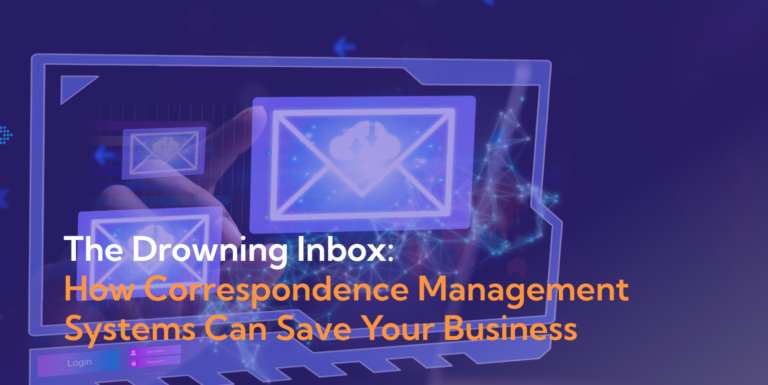In the ever-evolving world of artificial intelligence (AI), it’s fascinating to witness the changes taking place in the boardrooms of companies. Recently, a report by Forrester [^1] revealed that 12% of companies with a solid AI strategy now boast a Chief AI Officer (CAIO) at the helm, directing the overall strategy. This shift signifies the increasing role of AI in shaping business strategies. Surprisingly, only 2% of companies entrust this responsibility to the Chief Data Officer (CDO), highlighting the need for collaboration between CAIOs and CDOs to ensure AI success.
What’s interesting is the dynamic partnership between CAIOs and CDOs. The CAIO brings technical expertise, while the CDO ensures the availability of quality data. It’s a powerful collaboration that transforms raw data into valuable insights, propelling organizations toward success in the AI landscape.
Now, as AI becomes an integral part of workplace productivity, there’s an unspoken challenge – a skills gap in prompt engineering. According to Forrester [^1], 60% of employees are expected to receive prompt engineering training. These ‘prompts’ are like magic spells for AI, unlocking its most relevant and coherent results. Proper training empowers the workforce to utilize AI to its full potential, enhancing overall productivity.
In the realm of data management, Forrester predicts that unstructured data managed by enterprises will double in 2024 [^1]. This includes data from social posts and customer feedback, representing untapped potential. Investing in unstructured pipelines becomes a game-changer, allowing companies to gain a competitive edge by extracting a broader range of customer insights through analytics.
Shifting our focus to Gartner’s insights, they project a significant change in system deployments by 2024 [^2]. They anticipate that 50% of new cloud-based deployments will rely on cohesive cloud data ecosystems, departing from the manual integration of point solutions. This shift underscores the importance of a holistic approach to data science and machine learning. The cloud data ecosystem promises seamless integration and collaboration, maximizing the advantages of cloud-based solutions.
The rise of Edge AI is a noteworthy trend identified by Gartner [^3]. They predict that by 2025, more than 55% of data analysis by deep neural networks will occur at the point of capture in an edge system. This marks a substantial increase from less than 10% in 2021, indicating a shift towards decentralized data analysis for real-time decision-making.
Gartner’s predictions also delve into the responsibility of AI and the data-centric approach [^3]. By 2025, they anticipate that 1% of AI vendors will concentrate pretrained AI models, making responsible AI a societal concern. Additionally, they emphasize a data-centric approach, projecting that 60% of AI data will be synthetic by 2024. This approach aims to simulate reality, model future scenarios, and derisk AI development, showcasing the evolving dynamics of AI strategies.
Gartner’s forecast [^3] indicates that by the end of 2026, over $10 billion will have been invested in AI startups relying on foundation models. These large AI models, trained on extensive datasets, indicate the accelerated growth of the AI industry. The increased investment reflects confidence in the potential of AI technologies to drive innovation across various sectors.
A recent Gartner poll [^3] underlines the impact of ChatGPT on AI investments. Forty-five percent of executive leaders reported an increase in AI investments due to the hype around ChatGPT. Seventy percent of organizations are in investigation and exploration mode with generative AI, while 19% are already in pilot or production mode. This highlights the growing interest and adoption of generative AI in shaping business strategies.
According to PwC’s 2023 Emerging Technology Survey [^4], 73% of US companies have embraced AI in some areas of their business, with generative AI leading the way. One year after ChatGPT’s market debut, 54% of surveyed companies have implemented GenAI in various business functions. However, executives acknowledge the importance of data modernization efforts, with 44% planning to implement these initiatives in 2024 to fully leverage GenAI’s capabilities.
Looking globally, a report by IDC forecasts that spending on AI in the Asia Pacific region alone is expected to reach US$78.4 billion by 2027 [^5]. This surge in AI spending reflects a strategic shift towards leveraging cutting-edge technology to reimagine operations, enhance customer experiences, and maintain a competitive edge in a rapidly changing market. IDC forecasts a compound annual growth rate (CAGR) of 25.5% for the period 2022-2027.
In conclusion, the AI landscape is evolving rapidly, with leadership roles, training initiatives, data management strategies, and investment trends reshaping the future. Organizations navigating this transformative journey need to foster collaboration between AI and data leaders, adopt responsible AI practices, and focus on skill development to unlock the full potential of artificial intelligence. The integration of cloud data ecosystems, the rise of Edge AI, and the continuous investment in AI startups further underscore the dynamic nature of this technological revolution. The future is promising, and organizations that embrace these trends stand to gain a competitive advantage in the evolving AI landscape.
Sources:
[^1]: https://go.forrester.com/blogs/top-ai-predictions-for-2023-and-beyond/
[^2]: https://www.gartner.com/en/newsroom/press-releases/2023-08-01-gartner-identifies-top-trends-shaping-future-of-data-science-and-machine-learning
[^3]: https://www.gartner.com/en/newsroom/press-releases/2023-08-01-gartner-identifies-top-trends-shaping-future-of-data-science-and-machine-learning
[^4]: https://www.pwc.com/us/en/tech-effect/ai-analytics/ai-predictions.html
[^5]: IDC
-






